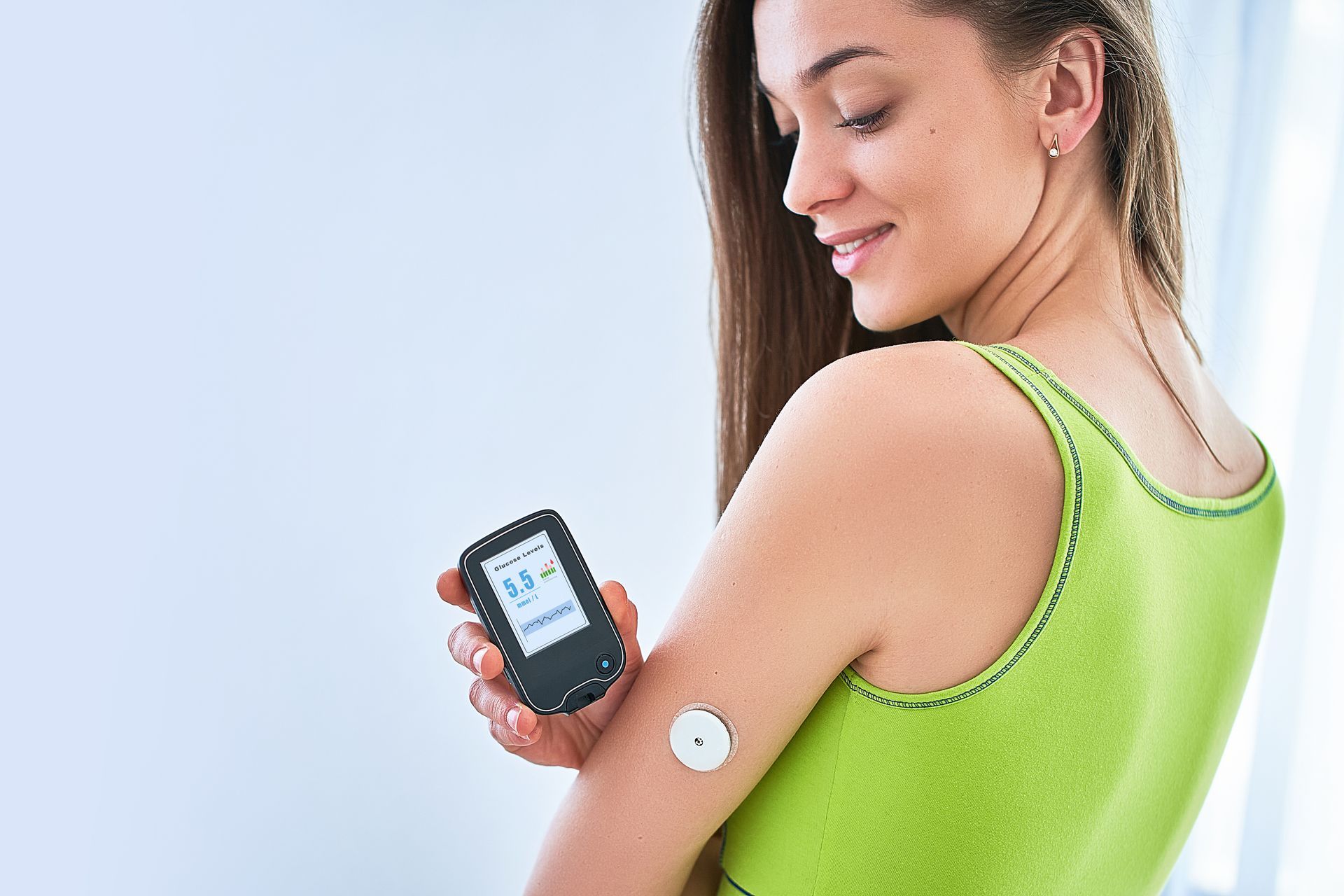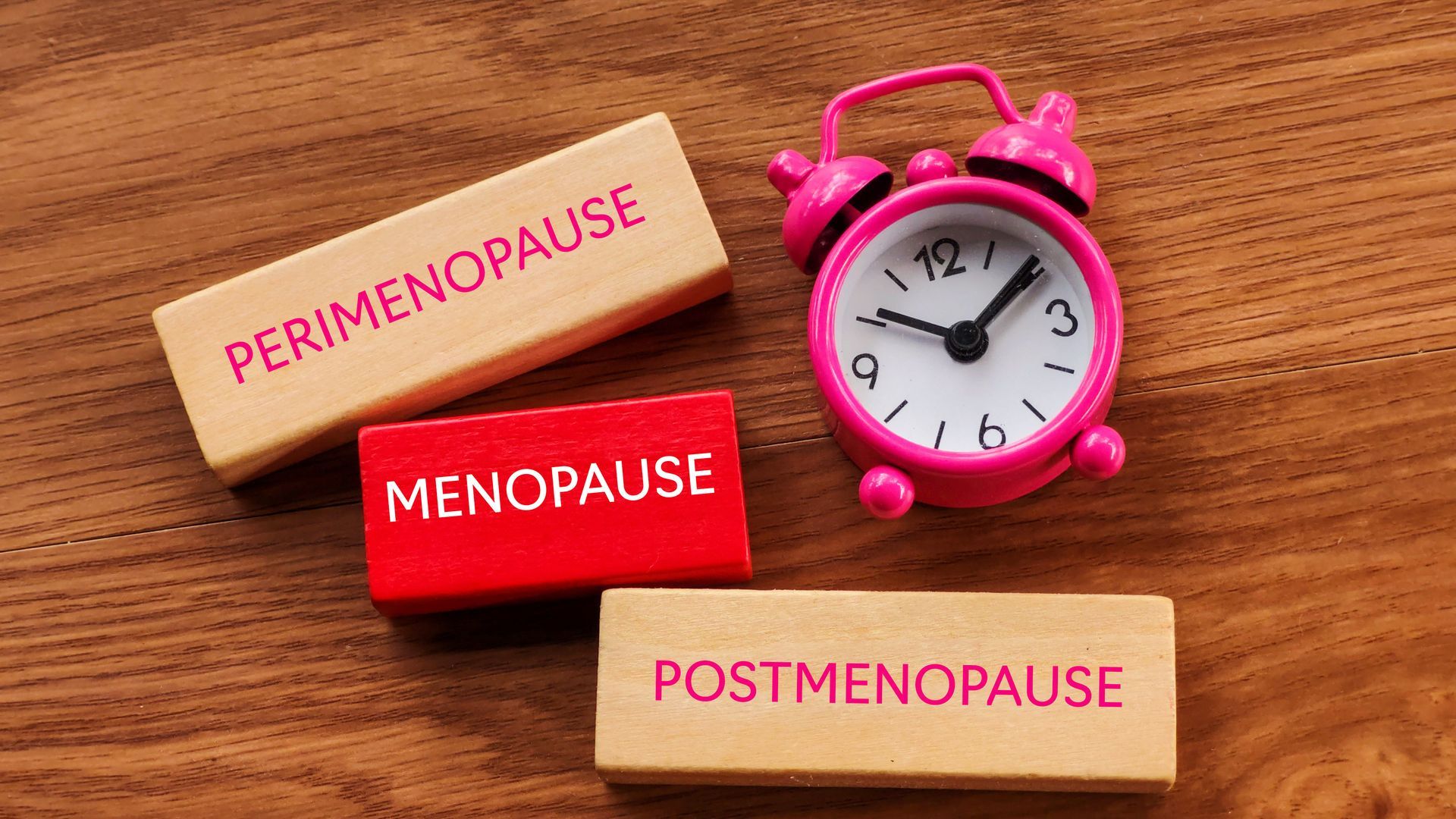Recent Posts
What Does a CT Scan Show That an X-Ray Can’t?

When your doctor orders imaging, you might wonder why they choose one type of test over another. For example, an X-ray is quick, common and inexpensive, while a CT scan (computed tomography) takes longer and involves more advanced technology. Both are valuable tools in modern medicine, but they serve different purposes.
In many cases, a CT scan provides crucial details that can lead to faster and more accurate diagnoses, especially when an injury, illness or internal problem is complex.
How X-Rays Work
X-rays use a small amount of radiation to create a two-dimensional image of structures inside your body. The rays pass through soft tissue easily but are blocked by denser materials such as bone. This difference in absorption creates an image that highlights bones as white and soft tissue as various shades of gray.
Because X-rays are fast and simple, they are often used as a first-line test for:
- Bone fractures
- Joint dislocations
- Lung infections such as pneumonia
- Tooth and jaw issues
- Certain abdominal concerns (like detecting kidney stones)
X-rays are excellent for spotting clear, structural problems, but they have limitations. They provide only a flat image and cannot show fine details of soft tissue or subtle internal injuries. That is where a CT scan becomes necessary.
How CT Scans Work
A CT scan uses the same type of radiation as an X-ray, but instead of taking a single flat image, it takes hundreds of cross-sectional images from multiple angles. A computer then compiles these slices into a detailed, three-dimensional picture of the inside of your body.
This technology allows doctors to see organs, blood vessels, soft tissue and bone in far greater detail. It is like comparing a single snapshot to a full 3D model; you can see every layer instead of just one view.
CT scans can also use a contrast dye, taken orally or through an IV, which highlights blood flow and organ function.
What CT Scans Reveal That X-Rays Can’t
Soft Tissue and Organ Detail
X-rays do not clearly show soft tissues like muscles, ligaments or internal organs. A CT scan can visualize the brain, lungs, liver, kidneys and intestines with precision. For instance, if a patient has abdominal pain, a CT scan can identify appendicitis, intestinal blockage or internal bleeding that an X-ray might completely miss.
Subtle Bone and Joint Injuries
While X-rays are good for spotting fractures, small or complex breaks in the spine, skull or joints can go undetected. A CT scan provides a more detailed view of the bone’s structure and can detect hairline fractures or joint damage that could lead to long-term complications if left untreated.
Internal Bleeding and Blood Vessel Problems
CT angiography, a special type of CT scan, can highlight blood vessels and detect blockages, clots or aneurysms. X-rays cannot show blood flow or the interior of vessels, making CT scans essential for diagnosing circulation-related issues.
Tumors and Masses
CT scans can detect abnormal growths in organs or tissues, helping doctors determine their size, shape and location. This information is crucial for diagnosing cancers, cysts and benign masses early. X-rays might show an abnormal shadow, but they cannot define what it is or how far it has spread.
Brain and Neurological Conditions
If a patient experiences a head injury, sudden headaches or stroke symptoms, a CT scan can quickly show bleeding, swelling or structural damage in the brain. X-rays cannot penetrate the skull to reveal such details. In emergencies, CT scans can be lifesaving because they help doctors decide the best treatment right away.
Chest and Lung Conditions
A chest X-ray can show lung infections or fluid buildup, but it cannot reveal small nodules, clots or detailed lung structures. A CT scan can uncover early signs of lung disease, pulmonary embolisms or complex pneumonia cases that need special care.
Guidance for Surgery or Treatment
CT scans also help doctors plan surgical procedures or guide biopsies by mapping the exact location of internal structures. This minimizes risk and improves accuracy during treatment.
When Your Provider Might Recommend a CT Scan
Your doctor may order a CT scan if:
- An X-ray shows something unclear or suspicious
- You experience severe or unexplained pain
- You’ve suffered trauma, such as a car accident or fall
- Your provider suspects an infection, tumor or blood clot
- You have symptoms affecting multiple organs or systems
CT scans are particularly valuable in emergency situations where time and accuracy matter. For example, in cases of suspected stroke, internal bleeding or appendicitis, a CT scan can quickly confirm the diagnosis and guide immediate treatment.
Receive Comprehensive Diagnostic Care at Our Health Centers in Houston, TX
At St. Hope Healthcare, we believe that informed patients make better healthcare decisions. If your doctor recommended an imaging test and you live near one of our health centers in Bellaire, Conroe, Houston, Sugar Land and Dickinson, call (713) 778-1300 to schedule your X-ray or CT scan.









